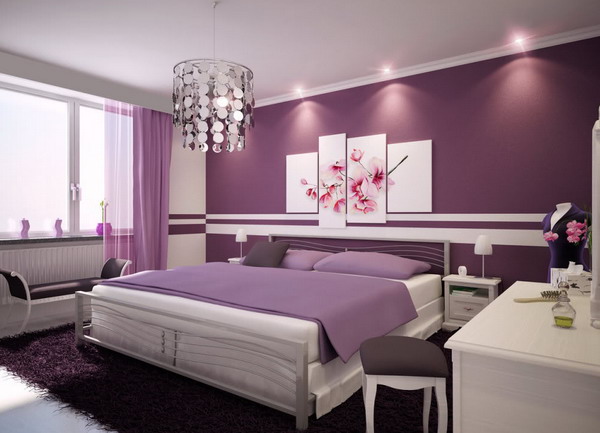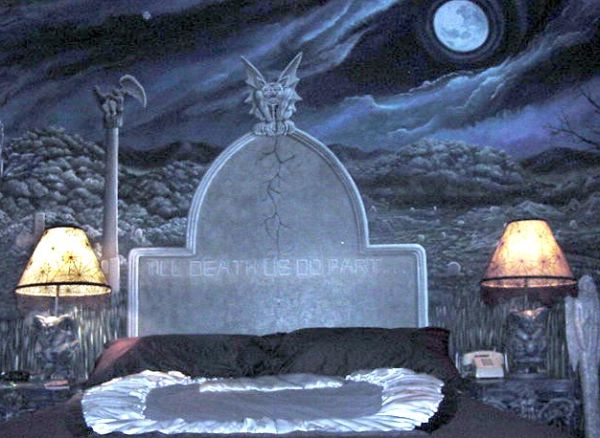
When decorating your house, you need to put in a lot of thought and effort to the color of the master bedroom. The master bedroom is the one room in the house that is truly yours, and should ideally reflect your own identity. It is your own special place; a quiet retreat where you can relax and unwind at the end of a hard day. This is the room that is completely out of bounds for the children; it’s your own personal haven. So here are some tips on how to choose an appropriate color for your master bedroom.
Your personal sanctuary
Your bedroom is your escape from the crowded, noisy, outside world. It needs to be peaceful and serene, a quiet place for some contemplation and rest. Choose a color that is soothing to the eyes, maybe in shades of cool blue or green. These colors not only create a calming effect but will help you sleep better. Jarring, bright colors like orange or fuchsia, on the other hand, stimulate the mind and may hamper peaceful sleep.
Naturally inspired
Look to nature for inspiration. Imagine your favorite vacation spot. Think of the colors that you see there, the blue sea, the green trees, the pinks and reds of blooming flowers, the brown hills. Let nature be your guide. You could even use color combinations to mimic your ideal holiday. But ensure that you do not use strong contrasts such as orange and brown or yellow and red. While they may suit you aesthetically, like bright colors, they will stimulate your brain and keep you up at night.
Designer homes
You could decide to design your bedroom according to a theme. Choose your colors accordingly, for example, pink or lavender for a romantic room, grey or white for a modern look, blues and whites for a beach house theme etc. To help you choose a theme, you could visit websites of top interior designers to get an idea of the homes they decorate, then head down to your local hardware store and look for paints in similar shades.
Optical illusions
If your master bedroom leaves more to be desired construction-wise, you could use paints to create an optical illusion. For example, light colors make a room appear brighter and more spacious, while dark colors make the room look warm and cozy. If your room does not receive adequate natural light, paint it in a mid-tone, for example a powder blue or a summer yellow. This makes the room appear brighter and compensates for the lack of natural light.
Trial runs
When you have shortlisted the colors for your master bedroom, buy paint samples and paint them on poster boards. Hold them up against the different walls at various times in the day, both under natural light and artificial light. Colors appear different throughout the day, so you will get a better idea of how it will actually look. When you have decided on a color, paint a single wall and see if it produces the desired effect.




